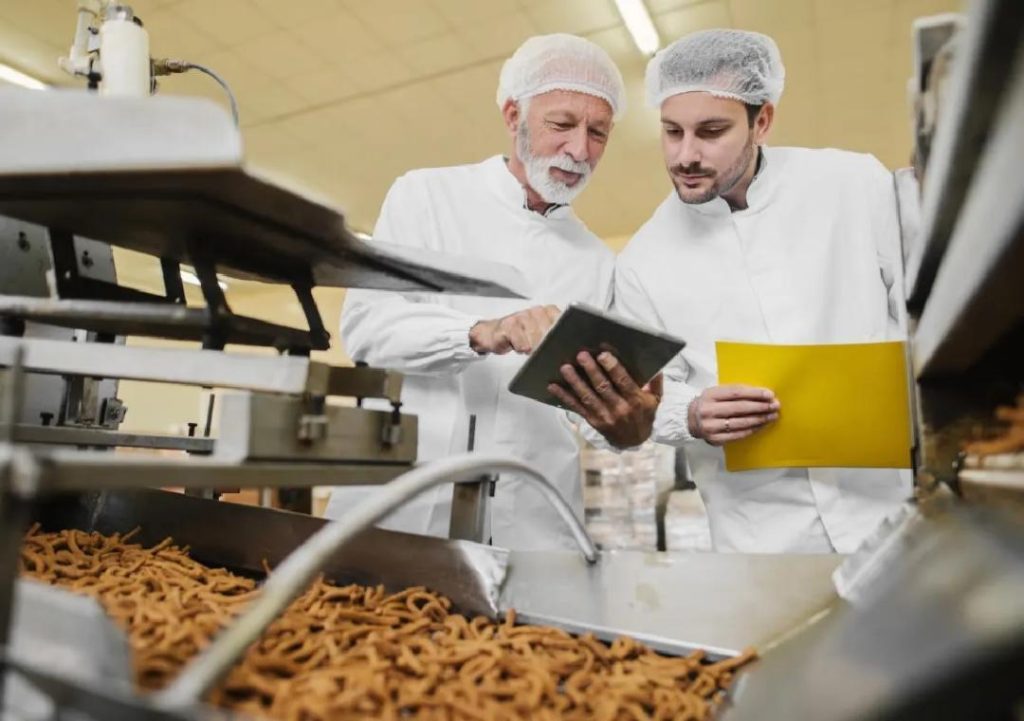
Can P&L Optimisation Redefine Success in Food Technology?
The food technology industry is witnessing a significant shift in the way companies approach profitability. Gone are the days of relying solely on intuition and manual calculations to manage profit and loss (P&L) operations. Today, food tech companies are leveraging automation, smart inventory systems, and data analytics to streamline their P&L processes, leading to improved profitability and sustainable growth.
In this blog post, we’ll explore the importance of P&L optimisation in food technology, the benefits of adopting scalable models, and how companies can achieve success in this competitive industry.
The Need for P&L Optimisation
Food technology companies face unique challenges in managing their P&L operations. With complex supply chains, seasonal fluctuations, and varying demand patterns, it’s crucial to have a robust system in place to monitor and control costs. Traditional methods of manual calculations and spreadsheets are no longer sufficient, as they can lead to errors, inefficiencies, and poor decision-making.
P&L optimisation ensures that food tech companies can:
- Reduce waste and improve inventory management
- Enhance demand forecasting and reduce stockouts
- Make data-driven decisions to drive growth and profitability
- Identify areas for cost reduction and improvement
Automation and Smart Inventory Systems
Automation and smart inventory systems are key components of P&L optimisation in food technology. By integrating these tools, companies can:
- Automate inventory tracking and management, reducing manual errors and increasing accuracy
- Implement just-in-time (JIT) inventory systems, ensuring that products are replenished only when needed
- Use machine learning algorithms to predict demand and adjust production accordingly
- Analyse sales data to identify trends and patterns, informing production and inventory decisions
Data Analytics
Data analytics is another critical component of P&L optimisation. By leveraging data analytics, food tech companies can:
- Gain insights into sales patterns, customer behavior, and market trends
- Identify areas for cost reduction and improvement
- Track key performance indicators (KPIs), such as gross margin, operating expenses, and return on investment (ROI)
- Make data-driven decisions to drive growth and profitability
Scalable Models
Scalable models are essential for food tech companies looking to achieve sustainable growth. By adopting scalable models, companies can:
- Reduce costs and increase efficiency as they grow
- Focus on core competencies and outsource non-core functions
- Easily adapt to changing market conditions and trends
- Expand into new markets and geographies with confidence
Benefits of P&L Optimisation
P&L optimisation can bring numerous benefits to food tech companies, including:
- Improved profitability: By reducing waste, improving inventory management, and making data-driven decisions, companies can increase their profitability and drive growth.
- Sustainable growth: Scalable models and P&L optimisation enable companies to grow sustainably, reducing the risk of burnout and ensuring long-term success.
- Competitive advantage: Companies that adopt P&L optimisation early can gain a competitive advantage, outperforming their peers and establishing themselves as industry leaders.
- Better decision-making: Data-driven decision-making enables companies to make informed decisions, reducing the risk of errors and ensuring that they stay on track to achieve their goals.
Conclusion
P&L optimisation is no longer a nice-to-have, but a must-have for food technology companies looking to achieve success in today’s competitive market. By adopting automation, smart inventory systems, and data analytics, companies can streamline their P&L operations, reduce waste, and drive growth. Scalable models and P&L optimisation can help food tech companies achieve sustainable growth, stay competitive, and redefine what success means in their industry.
Source:
https://www.growthjockey.com/blogs/p-and-l-operations-in-food-tech






